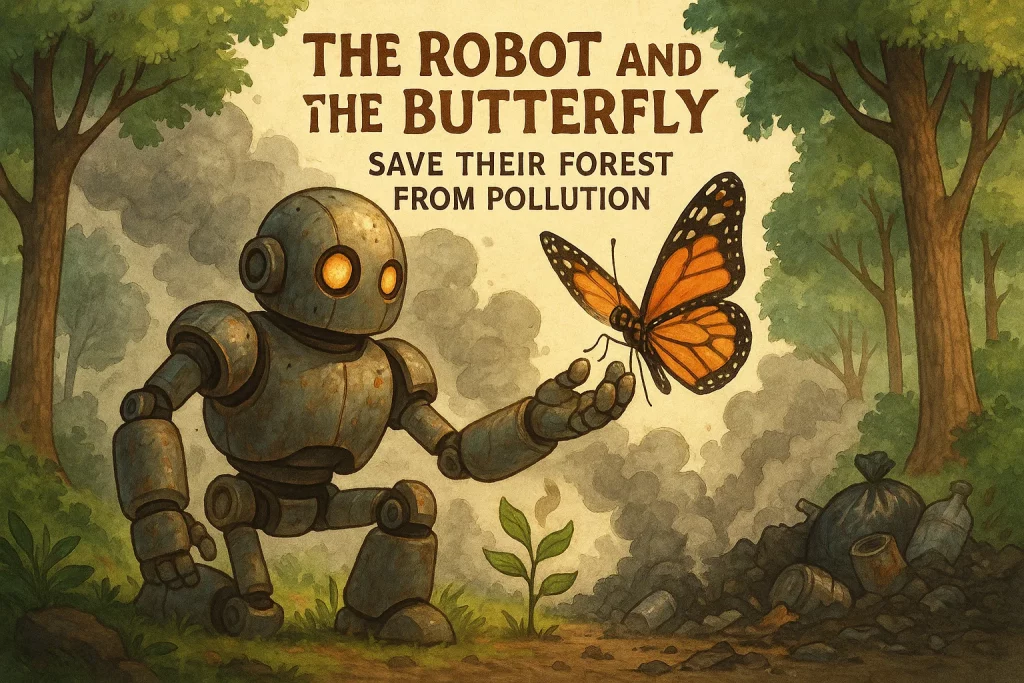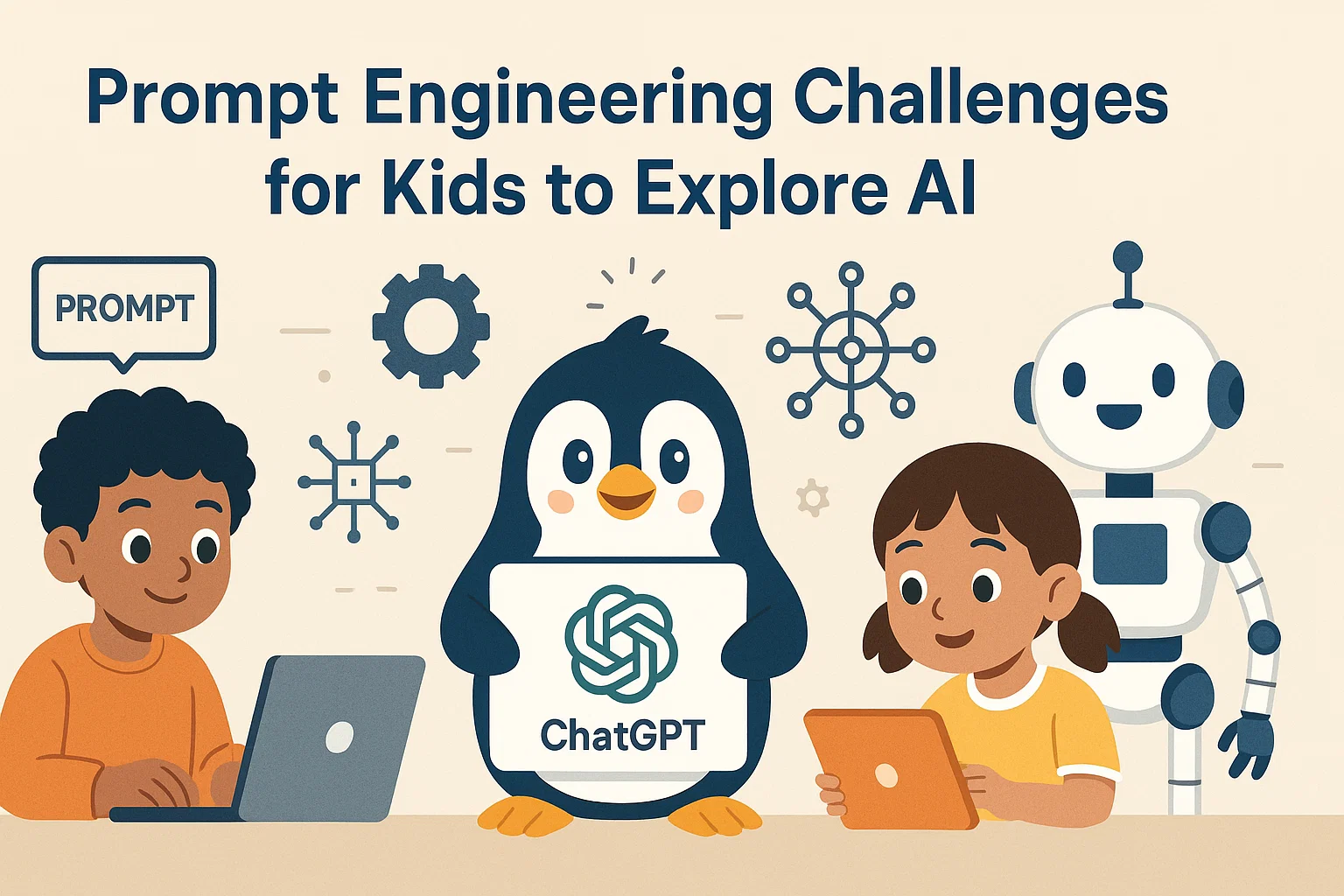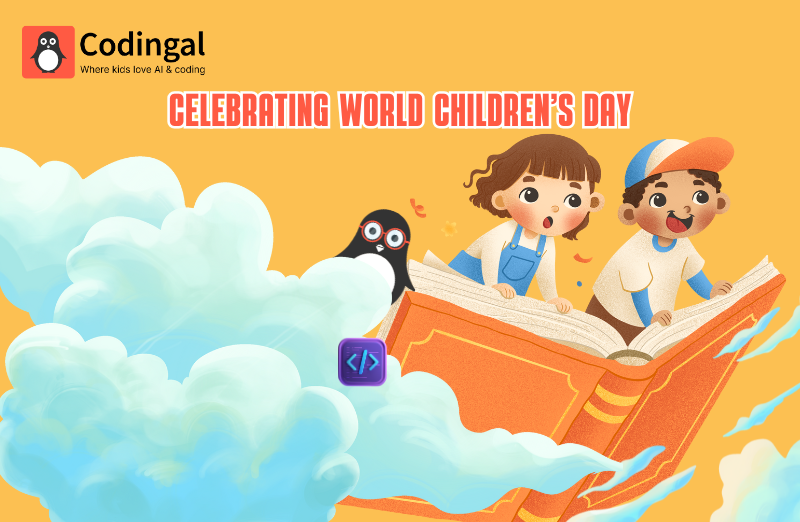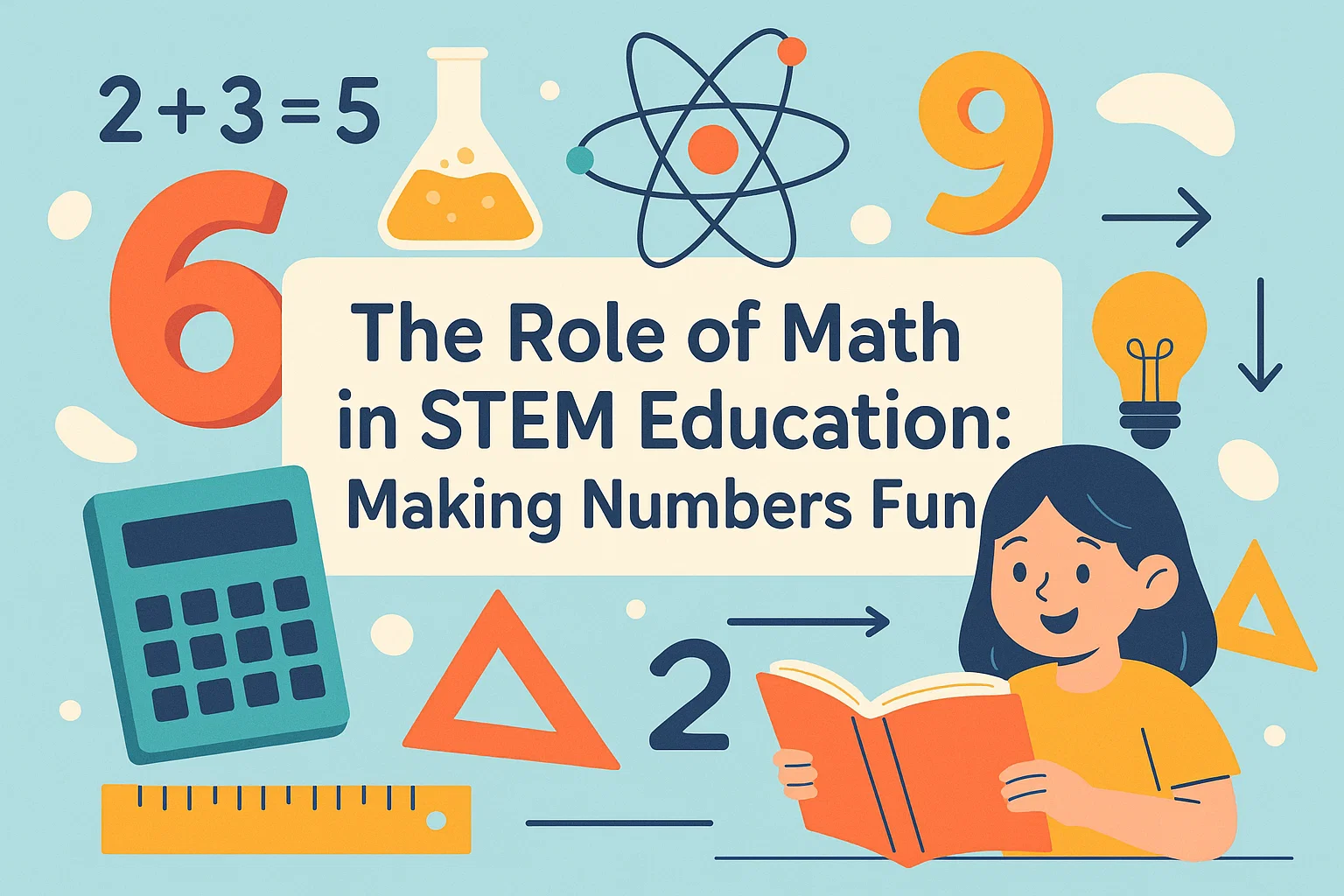Introduction:
Artificial Intelligence (AI) is no longer something out of a sci-fi movie — it’s part of our everyday world. From virtual assistants like Siri and Alexa to chatbots that answer questions and tools that create art, AI is everywhere.
But here’s the exciting part — AI doesn’t just need users, it needs thinkers, creators, and communicators.
That’s where prompt engineering comes in with a powerful way for kids to learn how to talk to AI and get meaningful, creative results.
And what better way to learn than through fun, hands-on challenges designed to make kids think, imagine, and explore?
1. What Is Prompt Engineering?
Prompt engineering is the art of crafting the right instruction or question to help an AI model produce a desired response.
Think of it as learning to speak the language of AI.
Just like giving a robot precise steps (“move forward,” “turn left,” “stop”), prompt engineering teaches kids how to guide an AI tool like ChatGPT, DALL·E, or Google’s Gemini to perform specific creative or problem-solving tasks.
For example:
🧠 Prompt: “Write a bedtime story about a penguin who dreams of coding apps.”
💬 AI Output: A cute story full of imagination and learning!
The better the prompt, the better the response — and that’s the skill kids can master through these challenges.
2. Why Kids Should Learn Prompt Engineering
Prompt engineering helps kids develop critical 21st-century skills:
- 🧩 Creative thinking: Crafting prompts teaches imagination and curiosity.
- 💬 Communication: Kids learn to express ideas clearly and effectively.
- ⚙️ Problem-solving: They figure out how to refine prompts to get improved results.
- 🌍 Digital literacy: They understand how AI models think and respond.
- 💡 Ethical awareness: Kids learn to use AI responsibly and mindfully.
In short, prompt engineering doesn’t just teach kids to use AI — it teaches them to collaborate with it.
3. How to Introduce Prompt Engineering to Kids
Start simple. The goal isn’t to make children AI experts overnight but to help them think like creators.
Here’s how parents or teachers can begin:
- Use AI chat tools (like ChatGPT or Gemini) together.
- Let kids ask questions, observe outputs, and then refine their prompts.
- Encourage curiosity — “What happens if I change this word?” or “What if I ask the AI to draw instead of write?”
This simple exercise helps them understand that precision, creativity, and curiosity go hand in hand in AI learning.
4. Fun Prompt Engineering Challenges for Kids
Here are some hands-on challenges that make AI learning fun and educational.
Each one helps kids explore creativity while building foundational AI literacy.
Challenge 1: The Story Spinner 🎭
Goal: Use AI to create a short story based on imaginative prompts.
Prompt Example:
“Write a story about a robot and a butterfly who team up to save their forest from pollution.”

Extension: Ask the AI to rewrite the same story in a different tone — as a comedy, a poem, or a mystery.
Learning Outcome: Kids learn how tone, structure, and details change based on prompt phrasing.
Challenge 2: The AI Artist 🎨
Goal: Use an AI image generator (like DALL·E or Leonardo AI) to visualize ideas.
Prompt Example:
“Draw a futuristic city made entirely of candy and clouds.”

Extension: Ask the AI to generate variations — “Make it look like a night scene,” or “Add flying cars.”
Learning Outcome: Teaches kids how specific and descriptive language shapes visual creativity.
Challenge 3: The Math Helper 🧮
Goal: Learn how AI can explain math concepts in fun ways.
Prompt Example:
“Explain fractions using a pizza party example for 10-year-olds.”
Extension: Ask AI to generate a short quiz or riddle based on the same topic.
Learning Outcome: Kids see how prompts can control complexity and context, making learning interactive.
Challenge 4: The Coding Coach 👩💻
Goal: Teach AI to generate or explain basic code.
Prompt Example:
“Write a Python program that prints ‘Thank you for learning with AI!’ five times.”
Extension: Ask, “Can you explain this code step-by-step like I’m 12?”
Learning Outcome: Builds understanding of logical thinking and structured questioning.
Challenge 5: The AI Journalist 📰
Goal: Create a mini news article using AI.
Prompt Example:
“Write a short article about a 10-year-old who built a robot that cleans beaches.”
Extension:
“Now make it sound like a newspaper headline.”
Learning Outcome: Strengthens kids’ ability to use tone, focus, and clarity in communication.
Challenge 6: The AI Game Designer 🕹️
Goal: Use prompts to brainstorm game ideas.
Prompt Example:
“Design a game where players collect stars while learning new words in English.”
Extension: Ask, “What would be three levels for this game?”
Learning Outcome: Encourages creative design thinking — essential for young innovators.
Challenge 7: The Gratitude Generator 💖
Goal: Use AI to spread kindness.
Prompt Example:
“Write five short thank-you messages for my teachers who helped me learn coding.”
Extension: Ask the AI to turn them into animated quotes or greetings.
Learning Outcome: Builds empathy and appreciation while improving writing clarity.
5. How Prompt Engineering Teaches Life Skills
Every prompt challenge is a mini lesson in how to think, communicate, and innovate.
Through these activities, kids learn:
- How small words make a big difference.
- How to test, retry, and refine their approach.
- How to collaborate with technology ethically.
These are the same habits that future scientists, engineers, and entrepreneurs rely on — starting with one powerful question: “What happens if I try this?”
6. The Role of Parents and Teachers
Adults don’t need to be AI experts to guide kids in prompt engineering.
All they need to do is encourage curiosity, model exploration, and ask open-ended questions like:
- “What do you think will happen if we change the order of this prompt?”
- “How can we make this sound more creative?”
By doing so, they help kids become confident AI explorers who understand both the potential and responsibility of using technology wisely.
7. The Future of AI Starts with Play
For kids, AI shouldn’t be intimidating — it should be fun, imaginative, and empowering.
When they experiment with prompts, they’re not just learning how to use AI — they’re learning how to think like innovators, how to ask better questions, and how to create meaningful things with technology.
This playful approach ensures AI becomes a tool for creativity, not dependency.
How Codingal Empowers Kids to Explore AI Creatively
At Codingal, we believe every child can be an AI explorer — learning not just how AI works, but how to think creatively with it.
Through our live, human-led online courses, students dive into:
- 🤖 AI Fundamentals: Understanding how machines learn.
- 💬 Prompt Engineering Basics: Crafting prompts that lead to powerful outputs.
- 🧠 AI Project Building: Creating image recognition, sound classification, and chatbot projects.
- 🎮 Interactive Experiences: Integrating AI models into Scratch, Teachable Machine, and Python projects.
Every project at Codingal teaches students to blend imagination with intelligence — preparing them for a world where AI is everywhere.
We make sure they don’t just use technology — they shape it.
🚀 Start your child’s AI journey today!
Join a free live class at Codingal and watch them explore the magic of prompt engineering — one creative challenge at a time.
Conclusion: From Curious Thinkers to AI Creators
Prompt engineering is more than typing smart words — it’s about thinking clearly, imagining boldly, and creating responsibly.
When kids learn to guide AI with their words, they also learn to guide their own thoughts, goals, and creativity.
Through fun prompt challenges, they discover that AI isn’t here to replace them — it’s here to collaborate with them.
And in that collaboration, they find the joy of learning, exploring, and shaping the future — one prompt at a time.
💡 When kids learn to ask better questions, they build a smarter world.














